Four Industries That Use the Situational Leadership® Methodology
The Center For Leadership Studies
JUNE 8, 2023
The Situational Leadership ® Model has been a viable tool organizations have relied upon to build leaders and drive behavior change for over 50 years. But are there certain sizes or types of organizations where the Situational Leadership ® methodology seems to work more effectively than others?

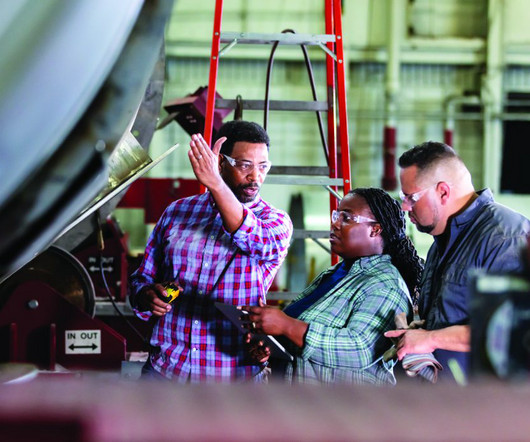
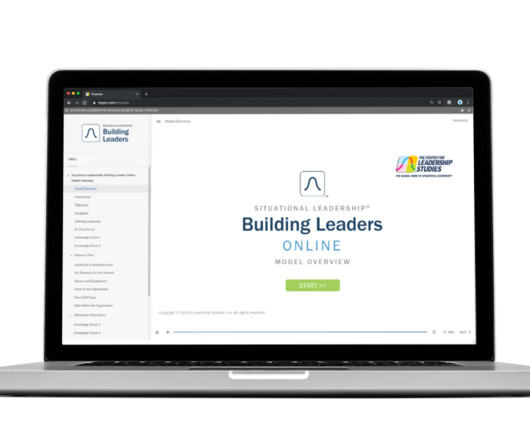
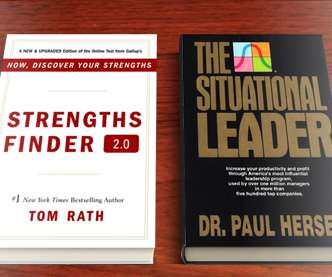



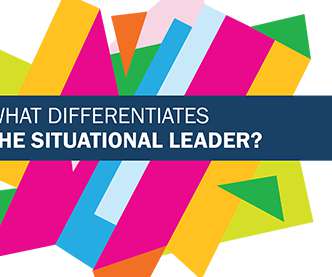




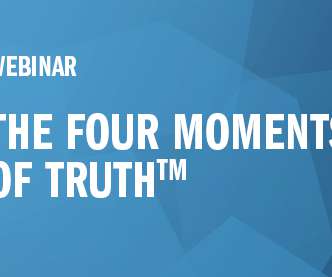






Let's personalize your content